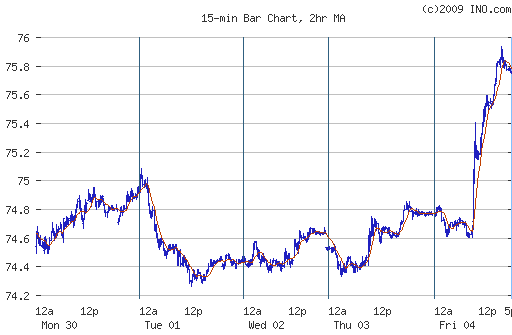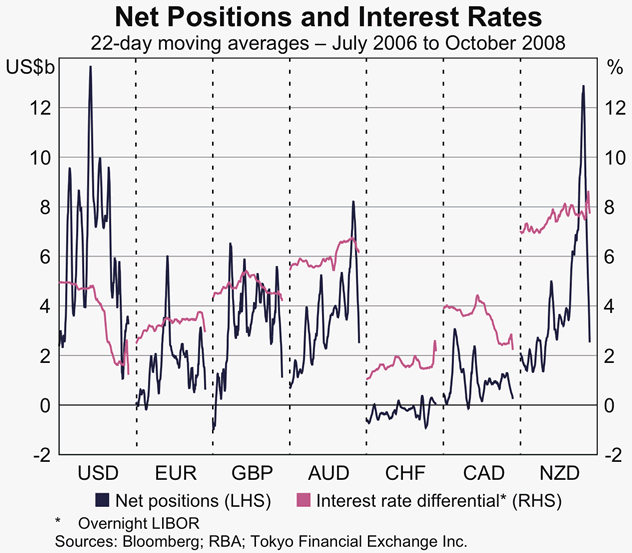Implications of The Dollar Carry Trade
Post on: 8 Июль, 2015 No Comment

Speculation in commodities has a big part in creating inflation globally. I must add here that the long term fundamentals and supply/demand scenario of commodities (industrial and agricultural) means that prices will go up in the long run. However, the element of speculation (due to the free money available) will make prices go much higher than fundamentals justify. The long term downward trend of the Dollar will also ensure higher commodity prices. All these are a perfect recipe for inflation.
Dollar Carry Trade and the Dollar
The Federal Reserve was formed in 1913. Since then, the Dollar has lost over 90% of its value. The policies of the Fed are directed towards making this process more swift and efficient. Thus, it would not be surprising if the Dollar loses another 90% of its value in the next decade.
Real Value of the U.S Dollar
Everyone is buying dollar at almost zero rate. There is eventually going to be an unraveling of this carry trade, When the snapback of the dollar occurs, it is not going to be 2% or 3%, its going to be more like 15-20%. Then, everybody would be left to close their shores on the dollar. You will have to sell these risky assets across the world and then you could have a huge asset bubble going into an asset bust. The crash will be as big as this bubble builds up to.
However, Mr. Roubini also said that:
I dont expect that however to occur in the short run because for the time being the Fed is on hold, they expect to stay on hold, they are not even finished to buy all the treasury and agency debt. So it is going to eventually occur but it is going to be six months from now or a year from now.
The Economic Times, one of India’s best financial newspapers also carried an article on the Dollar Carry Trade on the 6th of November 2009. The excerpts from the article on the perils of the Dollar Carry Trade are given below:

Perils of Dollar Carry Trade
Source: Economic Times (6th November 2009)
Firstly, The perils of the carry trade were seen in October 1998. Russias debt default and the implosion of Long-Term Capital Management LP devastated global markets. It was a decidedly panicky period culminating in the yen, which had been weakening for years, surging 20% in less than two months.
Secondly, when the yen rebounds against the dollar, it often snaps back very fast. So carry trades can go from profit to loss with almost no warning.
Thirdly, if there is no forex intervention and foreign currencies appreciate, the negative borrowing cost of the carry trade becomes more negative. If intervention or open market operations control currency appreciation, the ensuing domestic monetary easing feeds an asset bubble in these destination-economies. So the perfectly correlated bubble across all global asset classes gets bigger and frothier by the day.














